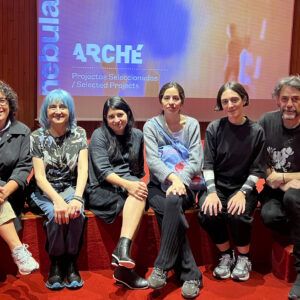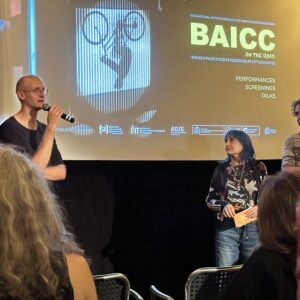- The new generations of experimental filmmakers will be featuring in the festival’s new section: Sinais (Signs) – Latin America
- The 15th (S8) Mostra de Cinema Periférico will also be dedicating a programme to Annalisa Quagliata, an exemplary from the most current Mexican underground cinema

Latin American experimental cinema is coming to the 15th (S8) in A Coruña, tracing out a track record that begins with the historical figure of the Argentine Narcisa Hirsch right up to the new generations of filmmakers whose works are kindling the new section “Sinais Latinoamérica” (Signs—Latin America). Moreover, this sample of the genealogy of Latin American avant-garde includes a programme dedicated to the Mexican underground filmmaker Annalisa Quagliata. The (S8) Mostra de Cinema Periférico is presenting Latin American creation as one of the strong points of the 2024 festival: a selection of films made by women that will transport the audiences to a diverse region brimming with creativity. As for Narcisa Hirsch herself, a pioneer and point of reference for several generations, the public will be able to see recently recovered, previously unreleased works in A Coruña. The fifteenth (S8) will be taking place from 31 May to 9 June with its first Sinais Latin America section. The programme is being curated by the Peruvian Ivonne Sheen with the conviction of showcasing the region with one of the most interesting proposals in art and cinematographic creation today, in which women filmmakers are the absolute stars.
Narcisa Hirsch (Berlin, 1928–Bariloche, 2024), has been one of the most important artists in the world of avant-garde cinema and Latin American art, a point of reference for new generations alongside names such as Claudio Caldini and Marie Louise Alemann. She arrived in Argentina with her family in the early 1930s, and her artistic beginnings were related to painting. In the sixties, she began to work on “happenings”, and from there her interest in cinema began. Hirsch was part of and became the hub of a community of avant-garde Argentine filmmakers and artists who reinvented cinematographic language. She has pointed out more than once that filming outside the industry and close to poetry was in itself a sufficiently subversive stance.
Thanks to the ambitious work of conservation, restoration and dissemination by the recently founded Filmoteca Narcisa Hirsch or film archive (headed by Tomás Rautenstrauch, a grandson of the artist who will be visiting A Coruña during the festival) in the 15th (S8) it will be possible to see previously unreleased works being shown for the first time in a retrospective that has been long-awaited and worked on by the festival. Hirsch’s work is known mainly for being pioneering in Argentine structural cinema, and also for its relationship with performance, yet her cinema goes further, also traversing lyricism and symbolism through intimate diaries and travel journals, and through forays into experimental ethnographic cinema.
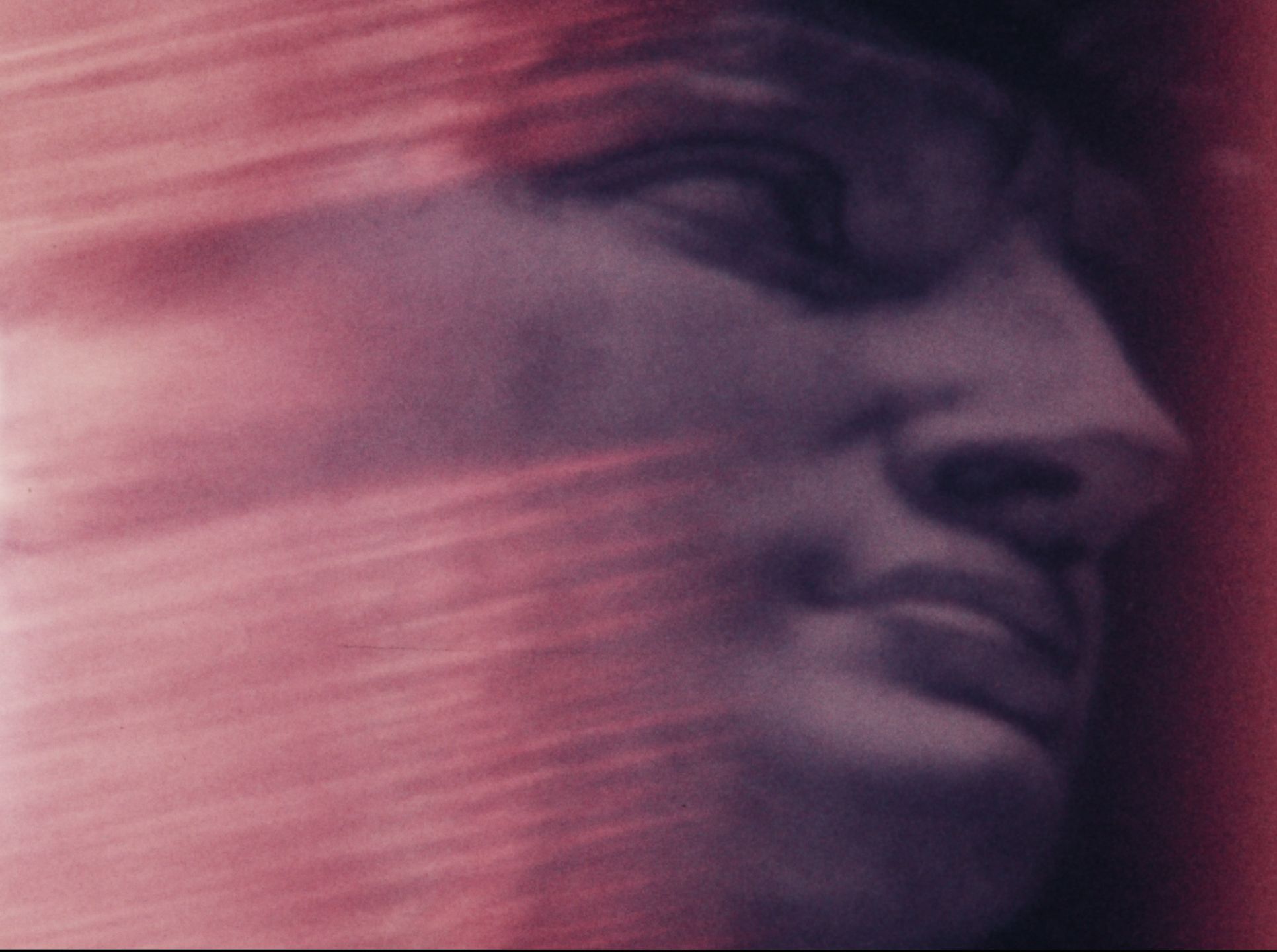

Interest in her work has intensified in recent times thanks largely to the launch of the film archive or filmoteca bearing her name in Buenos Aires, which has recovered fifty unique copies that were at risk of being lost due to deterioration. Indeed, among other recent projects, a broad retrospective was inaugurated at the end of 2023, firstly at the Kirchner Cultural Centre in Buenos Aires, almost at the same time as an exhibition about her cinema was on at the Fisher Museum in Los Angeles and a series of her films was being organized by Cecilia Barrionuevo at the Viennale. The broad focus that the (S8) festival is dedicating to her at the Filmoteca de Galicia venue as of the first day of the festival on 31 May will be a unique opportunity in Spain and Europe to discover all the facets of this essential figure. It is a retrospective that has become a tribute after the recent and unfortunate passing of Hirsch on 4 May at the age of 96. After the announcement last week of the presence of Morgan Fisher and Margaret Honda at this year’s (S8), the look at Hirsch’s work at (S8) in 2024 underlines the relevance of historical figures in avant-garde art at the festival.
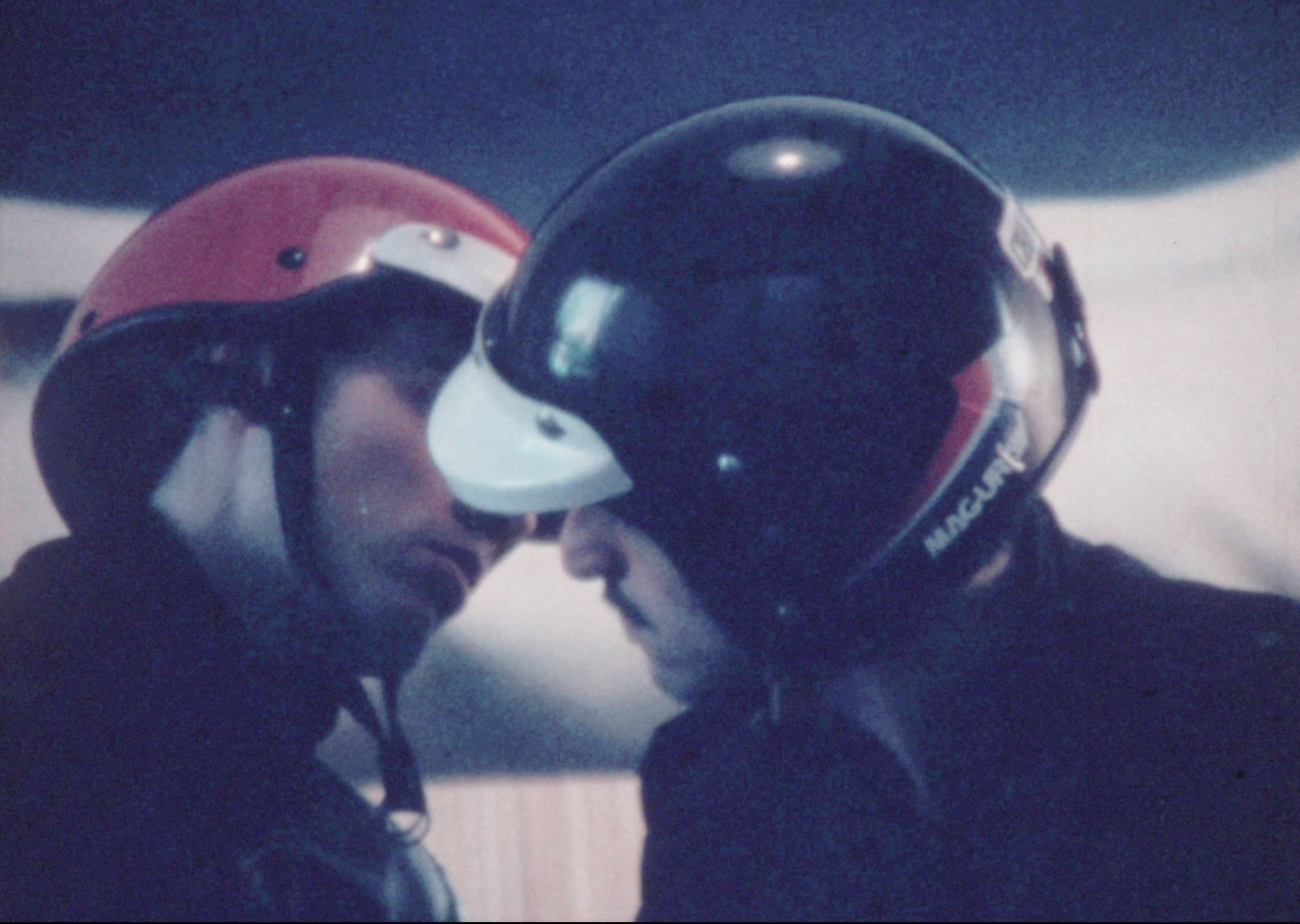
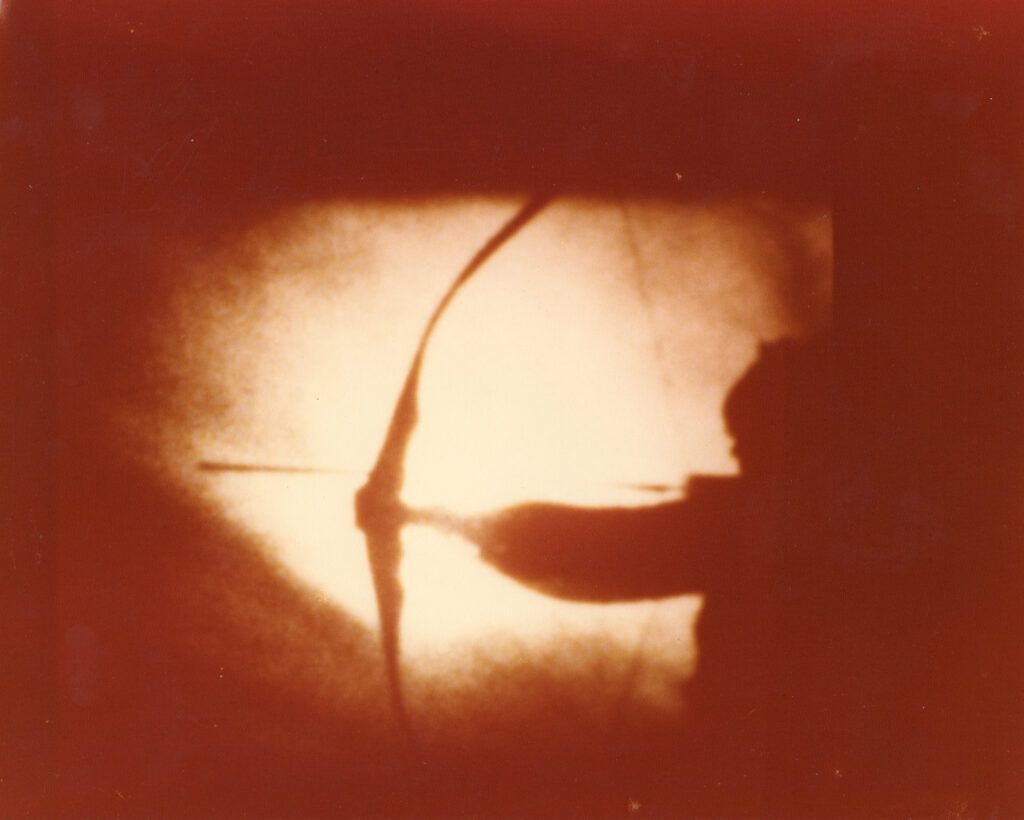
ANNALISA QUAGLIATA, THE UNDERGROUND PULSE OF MEXICO CITY
Annalisa Quagliata (Veracruz, 1990) is one of the driving forces behind the effervescent contemporary underground film scene in Mexico City, and her arrival at the 15th (S8) brings with it the European première of her feature film ¡Aoquic iez in Mexico! (Mexico will no longer exist!). In addition to being a creator, Quagliata stands out for her cultural activism and commitment to alternative exhibitions at the La Cueva venue, and as a member of the Laboratorio Experimental del Cine (LEC), a vital site for analogue cinema in Mexico. As a filmmaker, her work covers Mexico’s recent history and the ancestral roots of its culture, doing so from a feminist, queer and anti-colonial perspective. The heavily political nature of her work is intertwined with powerful work with the materiality of cinema—the use of film is an act of resistance, she says—which can be seen in all its glory in the feature film being premièred at (S8).
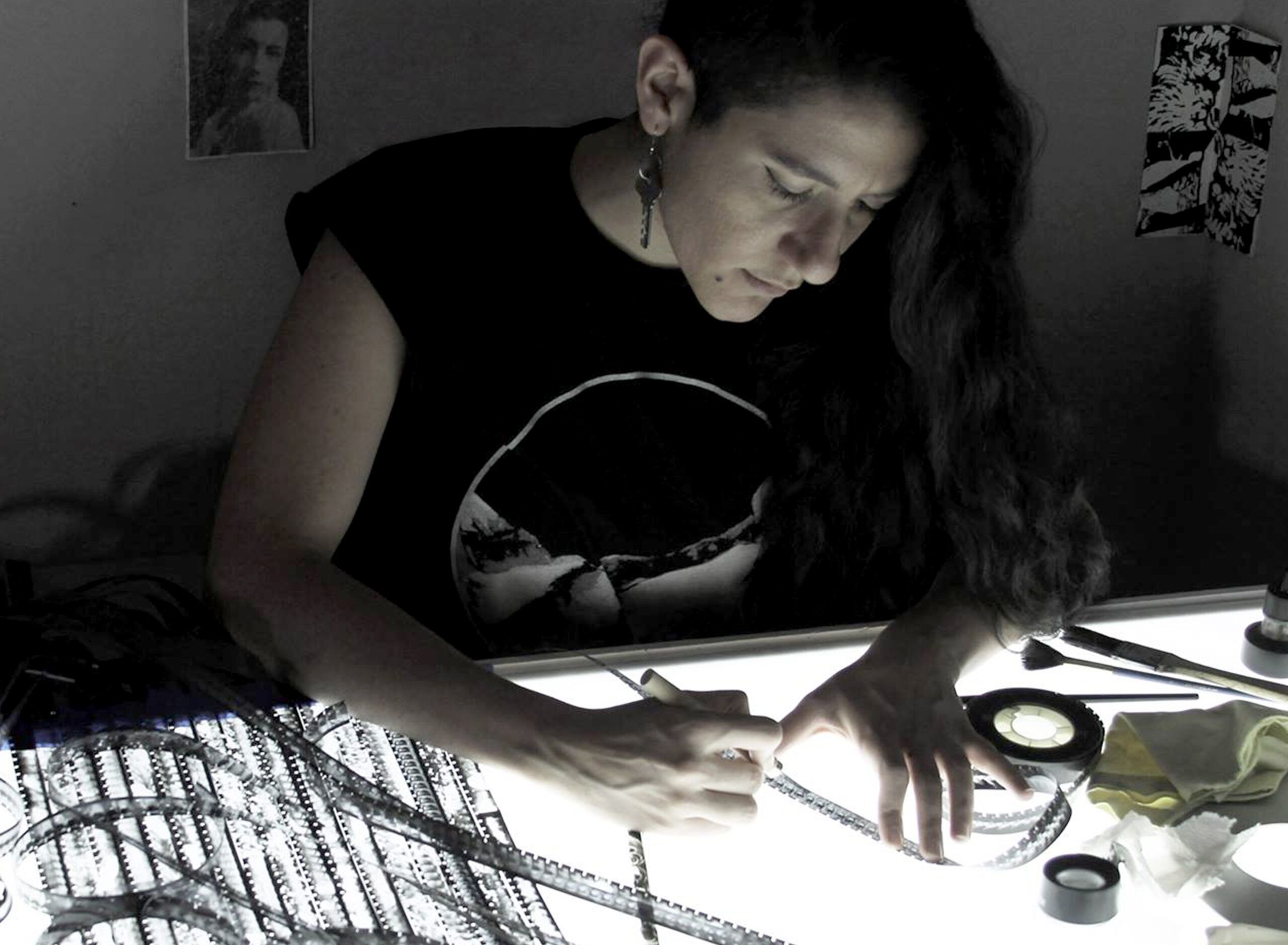
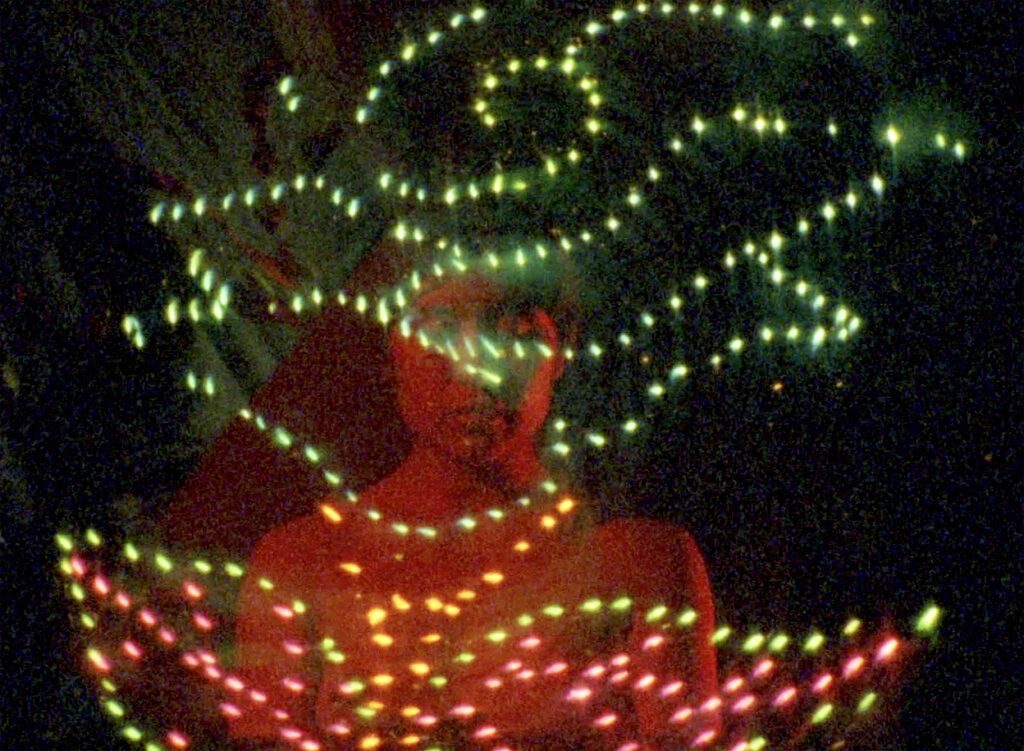
(Annalisa D. Quagliata, 2024)
| SINAIS LATINOAMÉRICA |
Quagliata is also among the selection of filmmakers that the Peruvian curator resident in Germany, Ivone Sheen, has chosen for the first edition of “Sinais Latinoamérica.” This is a new section in (S8) to highlight the inspiring nature of what is happening in that region as regards avant-garde art, and especially with the work being done by new generations of filmmakers. Along with the Mexican Quagliata, the public can see works by Maria Rojas (Colombia), Azucena Losana (Mexico), Sofía Gallisá (Puerto Rico), Cristiana Miranda (Brazil) and Andrea Novoa (Chile), preceded by the historic Marie Louise Alemann, a colleague of Narcisa Hirsch in those filmed happenings from the sixties.
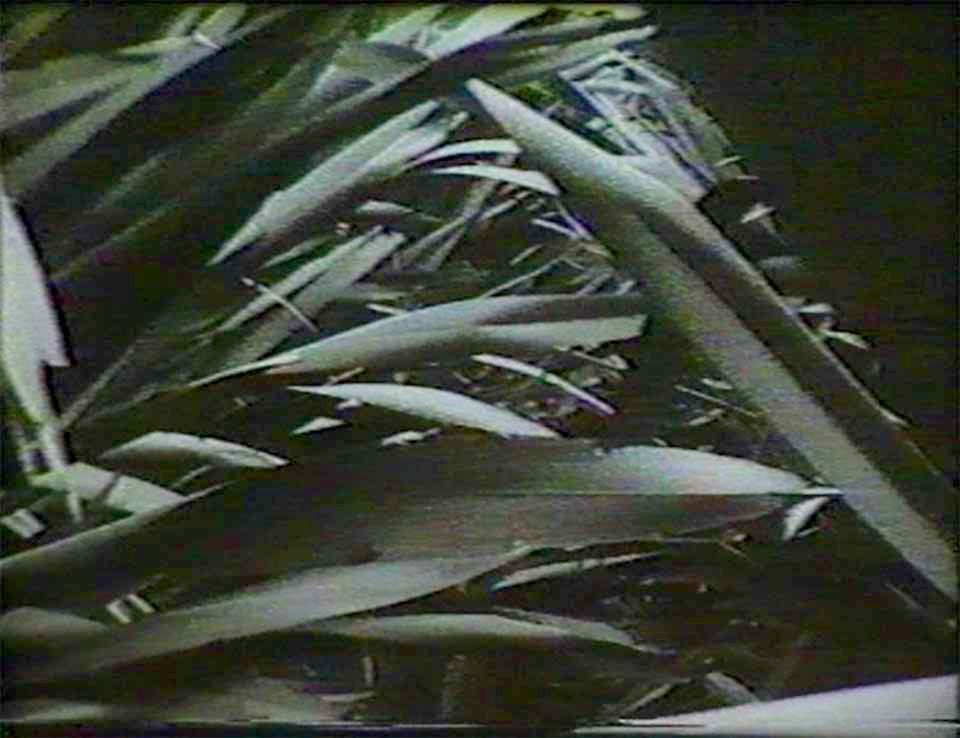
(Marie Louise Alemann, 1977)
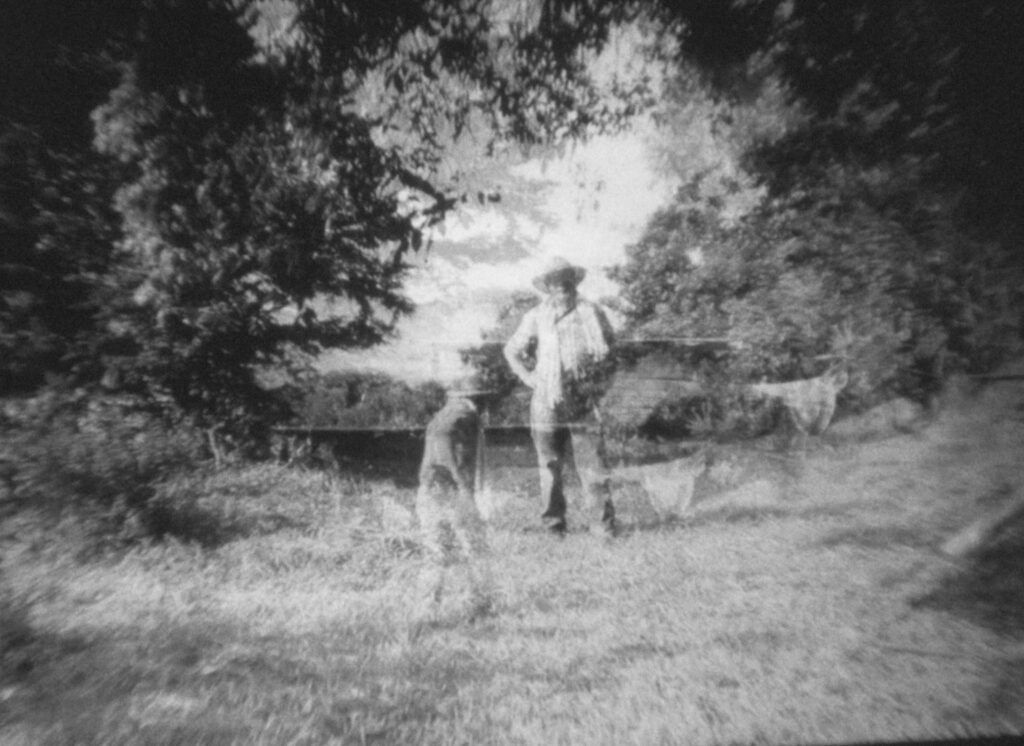
(Maria Rojas, 2021)
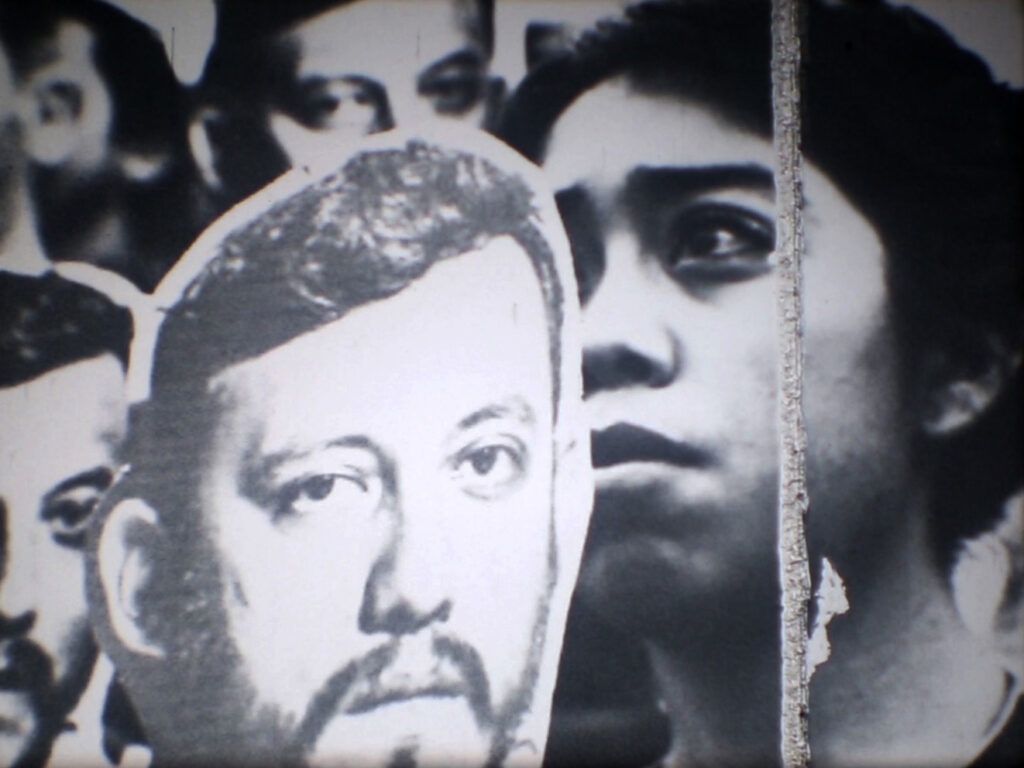
(Annalisa D. Quagliata, 2016)

(Azucena Losana, 2023)

(Andrea Novoa, 2020)

“Sinais Latinoamérica” looks into the experimental cinema of Latin America on a round trip, designed as a way of practising cultural blending in which migration and diaspora are essential themes. The curator Ivone Sheen shows her preference for the analogue format, emphasizing its possibilities for homemade, organic film development methods as opposed to the widespread idea that it is inaccessible. In order to create the “Sinais Latinoamérica” section, she has been inspired by the texts of the chicana activists and writers Gloria Anzaldúa and Cherríe Moraga in the book Este puente, mi espalda, an anthology first published in the United States in 1981 with the title This Bridge Called My Back: Writings by Radical Women of Color.

This 15th (S8) Mostra de Cinema Periférico has been organized by the eSe8 Cultural Association and can count on the backing of the A Coruña City Council, the Tourism and Congresses Consortium, the A Coruña Provincial Council (Diputación), the Galician Agency for Cultural Industries of the Xunta (Regional Government) of Galicia, the Institute of Cinematography and Audiovisual Arts (ICAA), Acción Cultural Española (AC/E) and the Luis Seoane Foundation, with special collaboration from Cervezas Alhambra.

